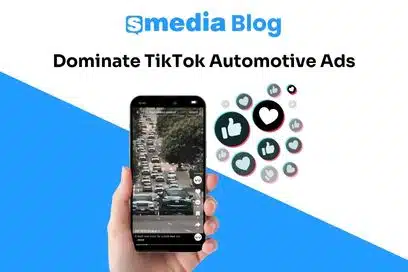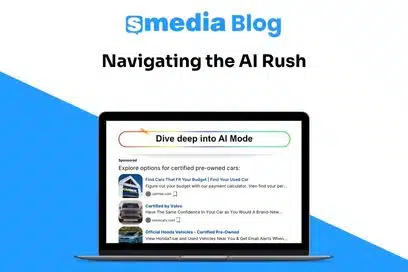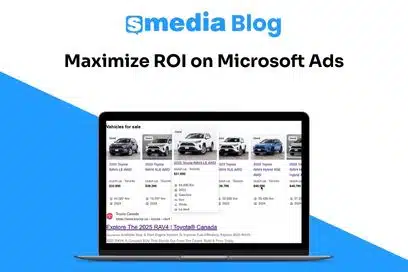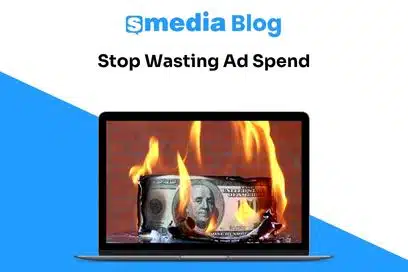Picture this: you’re the marketing manager for a 15-rooftop group, it’s 10 am on a Sunday in May, you’re finishing your second cup of coffee, and that’s when it hits – all fifteen of your websites go down. No homepage, no inventory, nothing. As the marketing manager, this is as bad as it gets (and even worse over a weekend).
So, what do you do first? You race to dig up the contact information for your website provider. Since it’s a Sunday, you know they likely have a skeleton support crew, and they are probably getting inundated with support requests. You try your luck at calling the support number, but you get a busy signal. Your second line of defence is sending an email to their general support inbox, knowing not to expect an immediate response.
Finally, you head to the provider’s own website to see if it is still online (it was), and their chat widget pops up. With low expectations, you type in your name and ask, “Can anyone tell me when my websites will be back up?” The reply came back – “Hey Rhys, someone will call you shortly, do you still have the same cell number?”
Naturally, this catches you off guard. You’re surprised for a few reasons:
First, there was a real person replying to you.
Second, who is this person manning the chat widget?
Third, you’d maybe spoken to support twice in the entire time you’ve had your websites with this company, and you definitely didn’t expect them to have your cell phone number saved and ready to confirm over a chat.
Sure enough, you get a call, and that person has all of the answers you needed. There was a DDoS attack; they apologized and expected that sites would be back up within fifteen minutes, with an additional promise to call back if that timeline changed. Why does this kind of story stick with you? Is it because you had someone call you back with those answers? Or is it because that person who called you back was the same person you chatted with on the website, and was paying attention to you and to your specific questions?
If you didn’t catch Part 1, we explored the difference between involuntary (instinctive) and voluntary (intentional) attention. You can read it here if you need a refresher. So, where does this type of attention fall?
Any time you need support from a large company like an airline, a bank, or a tech giant (if you can even find a phone number), you’re dropped into a phone tree, endlessly pressing buttons just to reach a real person.
You’re not just looking for help. You’re looking for attention from someone who’s actually paying attention. This is where so many brands get it wrong. They treat attention like a resource they control, instead of something they have to earn, especially in public spaces like social media.
This is where the third type of attention comes in, social attention, because it’s not just about getting noticed, it’s about showing up in a way that feels human, responsive, and worth paying attention to. It’s the attention that people (your customers) talk about, react to and share with others.
Why Do You Need to Care About Social Attention?
Social attention is the attention we give based on what others are doing, sharing, liking, or talking about. It’s driven by culture, conversation, and community, not just algorithms.
It’s why we stop scrolling when we see a delivery photo. It’s why testimonials get saved and shared. It’s why certain brands feel more human and why people keep coming back to them time and time again, or even better, referring them to a friend or family member.
Because attention is the new currency in marketing and on social media, it’s the first step to every sale and here’s especially why it matters:
1. If they’re not looking at you, they’re not buying from you. You can have the best inventory or offers in the market, but if your dealership isn’t showing up where your audience is spending time (i.e., on social), you’re invisible.
2. Attention fuels the funnel, and specifically, social attention also drives:
- Awareness (Do people know you exist?)
- Consideration (Are they engaging with your content?)
- Action (Are they clicking, calling, or showing up?)
- No attention = no activity
- Social attention = holding mental real estate
3. People trust brands they recognize. Social attention builds familiarity and credibility, which is critical for big purchases like vehicles. When your content shows up consistently, your dealership becomes a known and trusted choice.
4. It’s not just about clicks, it’s about influence. Even if someone doesn’t click your ad, seeing your brand, videos, or vehicles consistently shapes their perception.
5. The platforms reward what performs. The more attention (engagement, watch time, saves, shares) your content gets, the more the platform will show it—for free, which means better results with way less spend.
Think of every consumer situation you’ve had where all you really needed to solve a problem or answer your question was to talk to a real person (and there are probably a few if you really think about it)…
We get it, labor is expensive, and it looks good on a balance sheet to replace people with automated systems, but this is where the opportunity lies. All of us, as consumers, are constantly being funnelled into soulless automation: endless phone trees, generic email blasts, spam texts, and impersonal marketing sequences and are quite frankly, simply tired of it all. We want to talk to a real person, and if the call does get disconnected, have someone actually call us back to further diagnose the issue and ideally provide a solution.
We see it in automotive all the time. Website form fills, the gold standard for leads in the last decade, are cratering as consumers are actively ignoring this communication method and choosing to pick up the phone and call or just walk in instead.
The most effective solution for dealers to convert website traffic into leads is to hire someone to actually answer the phone and greet customers at the door!
You’ve heard it before (usually from an old-school dealer with a very firm handshake): “We’re not in the car business. We’re in the people business.” As cliché as it sounds… they’re right, and especially in today’s advanced technology-adapting market, it’s never been more true.
The brands that win today aren’t the ones with the fanciest tools or the most complex automation; they are the ones that remember what business they’re actually in. They show up, answer the phone, make people feel heard, respected, and most importantly, well taken care of.
Here’s how you can execute this:
- Hire people, not bots. Make sure there’s a human on the other end of your phones, your chats, and your showroom doors whenever possible.
- Empower them to act. Your best chance to win a customer’s trust is in the first interaction, so don’t make them wait for a manager to follow up days later.
- Be accessible. Make it easy to reach someone right now, not tomorrow or someday and treat every website visitor or phone call like someone who walked into your dealership.
- Be remembered. People never forget how you made them feel when they needed help.
Human connection is your most powerful marketing strategy. It’s not flashy, and it’s definitely not new, but in a world of shrinking attention spans, click fatigue, and automated everything, it’s exactly what cuts through the noise and the one that consistently delivers. Real conversations are what build trust and move more inventory. The dealerships seeing the best results aren’t just generating leads; they’re creating meaningful interactions.
At sMedia, we’ll help you drive high-quality traffic through well-executed strategies, but what happens after that click? That’s where your team (and your brand) needs to show up.
Let’s build a strategy that connects the dots because getting attention is great, but keeping that attention and deserving it in the long run requires a strong, meaningful connection.
Ready to elevate your lead strategy? Let’s Talk!
Written by Rhys Albrecht
Want More Insights Like This?
Get our monthly newsletter packed with proven strategies, fresh trends (just the good stuff) to drive traffic, leads, and revenue right to your inbox.
👉 Sign Up Now





